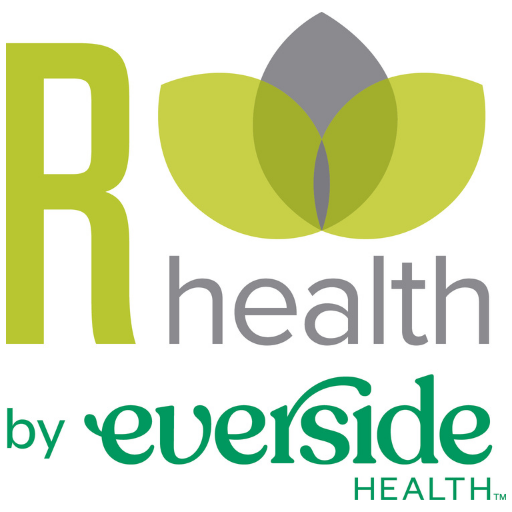Ticks & Lyme Disease
With the warm summer weather, comes tick season and the chances of getting Lyme disease. Lyme disease is an illness caused by a bacteria that is carried by the blacklegged tick, most commonly know as a deer tick. When an infected tick bites you, it can transfer the bacteria under the skin, leading to an infection. If not diagnosed and treated early, Lyme disease can develop into a chronic illness, causing long-term health problems. However, if caught and treated early, most people can recover without any problems. Luckily, there are many ways to prevent Lyme disease and monitor ticks while being able to enjoy the outdoors.
- If you are hiking or camping in the woods, wear clothing that will cover your arms and legs, and tuck your pants into socks to limit tick access.
- Wear light-colored clothing to easily identify ticks.
- As soon as you are home or indoors, check yourself or have someone help look for ticks. Use a fine-tooth comb to check your hair and check your entire body.
- Shower and wash any clothes at a high heat to kill any ticks.
To remove ticks:
- Use sterilized forceps such as tweezers to grab and pull the entire tick out. Avoid twisting or squeezing the tick and be careful not to leave any remains in the skin.
- Wash your hands and the tweezers after removal.
If you missed a tick on yourself or family member, here are some signs of an infection:
- Fever/chills
- Aches and pains. Tickborne diseases may cause headaches, fatigue, and muscle aches. With Lyme disease, you may also experience joint pain.
- In Lyme disease, a rash may appear within 3-30 days of infection and typically before a fever. The rash will appear circular, also appearing as a ‘bullseye’ rash. It may be warm to the touch but not painful.
Reduce tick populations in your own habitat:
- Ticks like tall grasses and brush. Try removing these form areas near your house or the edges of your lawn.
- Keep the lawn mowed and raked free of grasses and leaves.
- If your lawn or play area backs up to the woods, consider creating a 3-foot wide buffer using wood chips or gravel to reduce migration of ticks.
- High fencing can discourage tick-carrying deer from entering your yard.
- Help reduce the rodent population that ticks often feed on (chipmunks, mice, etc.) by neatly stacking wood piles in a dry area and keeping your yard free of debris.
- Place tick tubes around your yard. Damminix and Thermacell are two commercially available tick tubes, or you can also make your own. Here is a video explaining how to make your own tick tubes. https://www.youtube.com/watch?v=Yj-0l9KpUaw
Contact your doctor immediately if you have been bitten by a tick and develop any of these symptoms.

